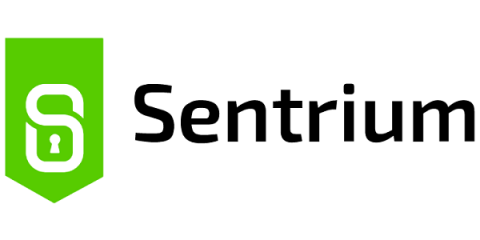The best cybersecurity defense is great evidence
The saying “data is king” has been around for quite a while and we all know that the world operates and makes decisions on digital data 24x7x365. But, is data king in the field of cybersecurity? I believe that evidence - not data - is what is needed to speed defenders’ knowledge and response capabilities, so let's talk about both.











